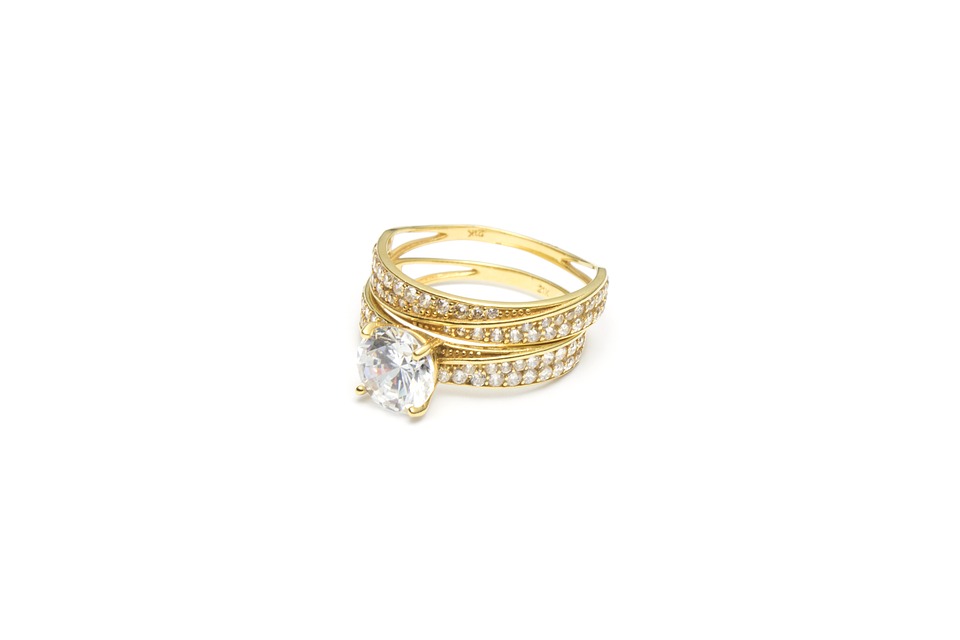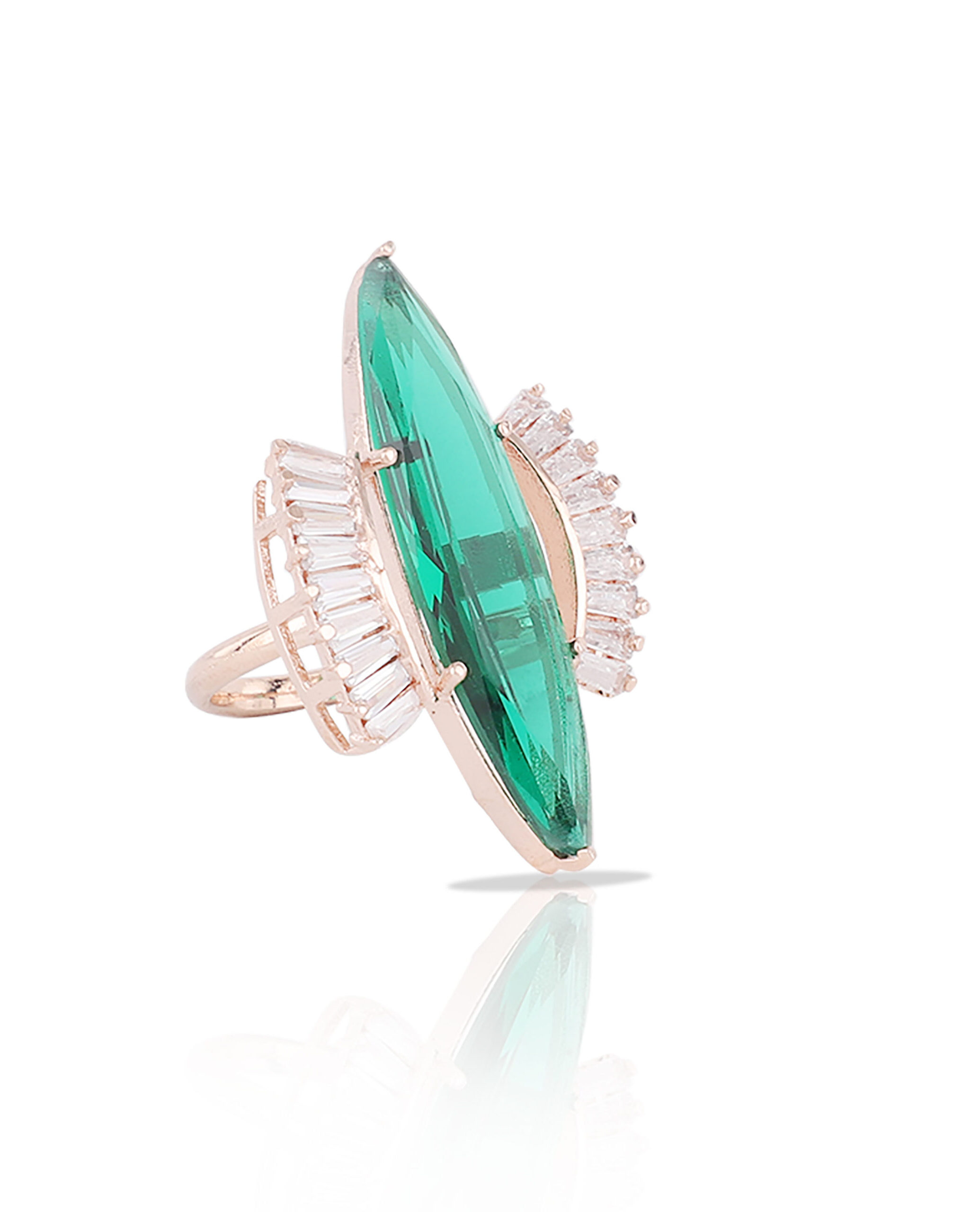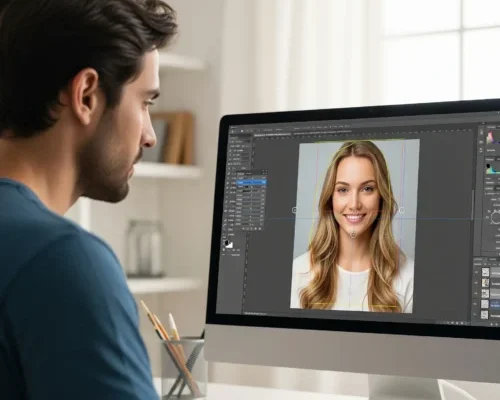In today’s online market, first impressions happen fast, and they usually start with a photo…

Why White Backgrounds Work Best for Product Photos
Using a white background for product photos is a smart and simple choice. It keeps the picture clean and clear, so the product is the main focus. There are no extra colors or things in the way, making it easier for people to see the product and its details.
A white background also makes editing quicker and helps all your product photos look the same on your website or online store. It’s an easy way to make your photos look clean and professional. Many online shops even ask for white backgrounds, so using one helps you follow their rules. In short, it’s a simple and helpful way to show your products well online.
Professional Appearance
 Using a white background makes your product photos look clean and neat. It removes anything that might distract people, so your product stands out. This simple background makes your photos look more put together, which helps customers trust your store. When a product looks clear and nicely taken, people are more likely to buy it.
Using a white background makes your product photos look clean and neat. It removes anything that might distract people, so your product stands out. This simple background makes your photos look more put together, which helps customers trust your store. When a product looks clear and nicely taken, people are more likely to buy it.
A clean and professional look makes your brand feel more trustworthy. When all your product photos have the same style, it shows you care about quality. This is important, especially for online shops where first impressions matter. A messy or colorful background can distract people and make your store look less serious.
Good looking photos can also help your business stand out, even against big brands. Even if you’re just starting or have a small shop, clean and simple product pictures can make you look more ready and professional. Using a white background is an easy way to do this. You don’t need fancy tools or special editing skills. It’s a small step that can make your products look much better online.
Consistency
 Consistency in product photos means making sure all your pictures look alike. This includes using the same background, lighting, and camera angles. When your photos follow the same style, your brand looks more neat and professional. It also helps people feel more sure about your store because they know what to expect when they visit your website.
Consistency in product photos means making sure all your pictures look alike. This includes using the same background, lighting, and camera angles. When your photos follow the same style, your brand looks more neat and professional. It also helps people feel more sure about your store because they know what to expect when they visit your website.
When your photos look the same, it makes shopping easier for customers. They can compare products faster because the pictures are clear and alike. But if every product has a different photo style, it can confuse people or make them unsure. Having the same look for all your photos helps buyers focus on the product and decide quickly.
Being consistent also helps people remember your brand. When all your product photos have the same style, it’s easier for customers to spot your brand on websites, social media, or ads. Using the same look again and again makes your brand easier to know and trust. Over time, this can help you build a better connection with your customers and keep them coming back.
Flexibility
 Flexibility in product photography means being able to use your photos in different ways. A white background is great for online stores, social media, and print materials. The plain background keeps the focus on the product, so you can use the same photo for different marketing needs.
Flexibility in product photography means being able to use your photos in different ways. A white background is great for online stores, social media, and print materials. The plain background keeps the focus on the product, so you can use the same photo for different marketing needs.
This flexibility also lets you change things like lighting and angles while keeping the product clear. It makes it easier to create photos for different uses without starting over. For example, you can use the same photo on your website, social media, or flyers, saving time and keeping the look the same.
In the long run, flexible product photography makes your work easier. Instead of making different photos for each need, you can use the same image in many ways. This saves time and effort while helping you keep a professional look for your business.
Focus on the Product
 Focusing on the product is a big benefit of using a white background for photos. A plain, neutral background lets the product stand out without distractions. This lets customers see all the details of the product, which is important for online shopping since they can’t touch it in person.
Focusing on the product is a big benefit of using a white background for photos. A plain, neutral background lets the product stand out without distractions. This lets customers see all the details of the product, which is important for online shopping since they can’t touch it in person.
A clean background also helps show off the important features of the product. For example, if you’re selling jewelry, the design and shine pop more without a background distracting from it. For clothing, the fit and color are easier to see. This simple setup makes sure nothing distracts from the product, helping customers clearly see what they’re buying.
Focusing on the product also gives all your photos a consistent and professional look. When every photo has the same clean, white background, it’s clear that the product is the main focus. This consistency helps build trust with customers because they know what to expect when they visit your store or website.
Enhanced Color Contrast
 Enhanced Color Contrast is one of the main benefits of using a white background for product photos. A simple white backdrop makes the colors of your product stand out more. The contrast between the product and background helps the colors pop, letting customers see the true details and shades. This is especially important for items like clothing, jewelry, and electronics, where color is a big selling point.
Enhanced Color Contrast is one of the main benefits of using a white background for product photos. A simple white backdrop makes the colors of your product stand out more. The contrast between the product and background helps the colors pop, letting customers see the true details and shades. This is especially important for items like clothing, jewelry, and electronics, where color is a big selling point.
When you use a white background, the colors of the product look more vibrant and realistic. The white background reflects light evenly, bringing out the natural colors of the item. For example, a red shirt or green accessory will look brighter and more attractive against a simple white background, helping customers make a decision more easily.
The better color contrast also helps prevent any confusion about the product’s color. Customers can trust that what they see in the photo is what they’ll get in real life. This is important for building trust, especially in online shopping, where getting the right color is key to making a purchase.
Easier Editing
 Easier editing is a big benefit of using a white background in product photos. A simple background makes it much easier to edit your pictures later. You won’t need to spend time making complex changes or fixing the background. This saves time and makes editing quicker, especially when adjusting colors, lighting, or fixing mistakes.
Easier editing is a big benefit of using a white background in product photos. A simple background makes it much easier to edit your pictures later. You won’t need to spend time making complex changes or fixing the background. This saves time and makes editing quicker, especially when adjusting colors, lighting, or fixing mistakes.
A white background makes editing easier and faster. If you need to remove or change the background, it’s simple because it’s already plain. This lowers the chance of mistakes or having to redo edits, which can happen with busy or textured backgrounds. With a white background, you can focus more on improving the product itself instead of fixing the background.
Using the same white background for all your product photos means you don’t need to make different edits for each one. This keeps your photos looking the same and makes your work faster and easier. Editing becomes simpler, and you can focus more on improving other parts of your product presentation.
Better for E-commerce
 A white background is great for e-commerce because it helps customers focus on the product. In online stores, clear product images are important for making sales. With a white background, customers can easily see the details, helping them judge the product’s quality, color, and size without distractions.
A white background is great for e-commerce because it helps customers focus on the product. In online stores, clear product images are important for making sales. With a white background, customers can easily see the details, helping them judge the product’s quality, color, and size without distractions.
A white background also gives your online store a clean and professional look. When all your product photos look the same, it’s easier for customers to browse and compare items. Consistent, clear photos help build trust and make your store look more polished, which can encourage customers to shop longer and feel more confident about their purchases.
White backgrounds also work well on e-commerce platforms like Amazon, eBay, or your website. Many sites recommend or require white backgrounds to keep product listings clean and consistent. By using a white background, you follow these guidelines, making it easier for your products to stand out and attract buyers.
Improved Lighting Control
 One big benefit of using a white background in product photography is better control over lighting. A plain white background reflects light evenly, making it easier to manage how light hits the product. This helps reduce shadows and bright spots, making the editing process simpler. With a white background, you can control the light better, making the product details clearer.
One big benefit of using a white background in product photography is better control over lighting. A plain white background reflects light evenly, making it easier to manage how light hits the product. This helps reduce shadows and bright spots, making the editing process simpler. With a white background, you can control the light better, making the product details clearer.
A white background also makes it easier to play around with lighting. You can change the light to create a soft glow or highlight certain parts of the product. Since the background is neutral, it won’t interfere with the lighting or the product’s appearance. This gives you more freedom to experiment and get the best look for your photos.
Using a white background for product photos helps keep your images consistent. When you control the lighting, all your product photos will have a similar look. This is important for online stores, where consistent images build trust with customers. Better lighting ensures your products always look great in every photo.
Attracts More People
 A white background makes your product stand out by keeping the focus on it. It removes distractions, so customers can easily see the product’s quality and details. This helps your product catch attention, especially in online stores where people quickly browse through many options.
A white background makes your product stand out by keeping the focus on it. It removes distractions, so customers can easily see the product’s quality and details. This helps your product catch attention, especially in online stores where people quickly browse through many options.
A white background makes your product look professional and clean. Clear, bright, and well lit images help build trust with customers. People are more likely to shop from a business that shows products neatly and consistently. Making a good first impression is key to attracting more customers and keeping them interested.
White backgrounds are versatile and appeal to a wide range of people. They suit many types of products and give a clean, timeless look. This style helps your photos stay attractive to different shoppers, leading to more clicks, views, and sales.
Makes Product Clearer
 A white background makes the product clearer by removing distractions. With no other colors or patterns, customers can easily focus on the details like shape, texture, and quality. This helps them better understand what the product looks like and decide if it’s right for them.
A white background makes the product clearer by removing distractions. With no other colors or patterns, customers can easily focus on the details like shape, texture, and quality. This helps them better understand what the product looks like and decide if it’s right for them.
A white background helps show the true colors and details of the product. It lets the lighting highlight the product’s best features, like the color of a shirt, the texture of a handbag, or the shine of jewelry. This makes the product look clearer and more appealing to buyers.
Using a white background also gives all your product photos a consistent look. When all your images are the same, customers can easily compare products. This consistency makes your store look professional and organized, helping your products seem more trustworthy and high quality.
Conclusion
Using a white background for product photos has many benefits. It gives a clean, simple background that makes the product stand out and helps customers see the details clearly. This creates a professional, consistent look that works well for online stores. With better lighting, clearer colors, and a focus on the product, a white background makes sure your photos show the product’s best features.
Using a white background also makes editing faster and simpler. It’s easier to adjust photos and keep all your product images looking the same. This saves time and still keeps your photos looking good. In short, a white background helps make your products look better and easier for people to notice and understand.



